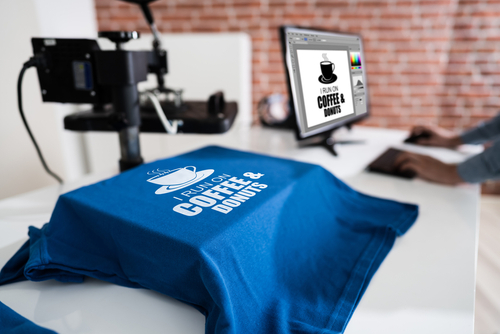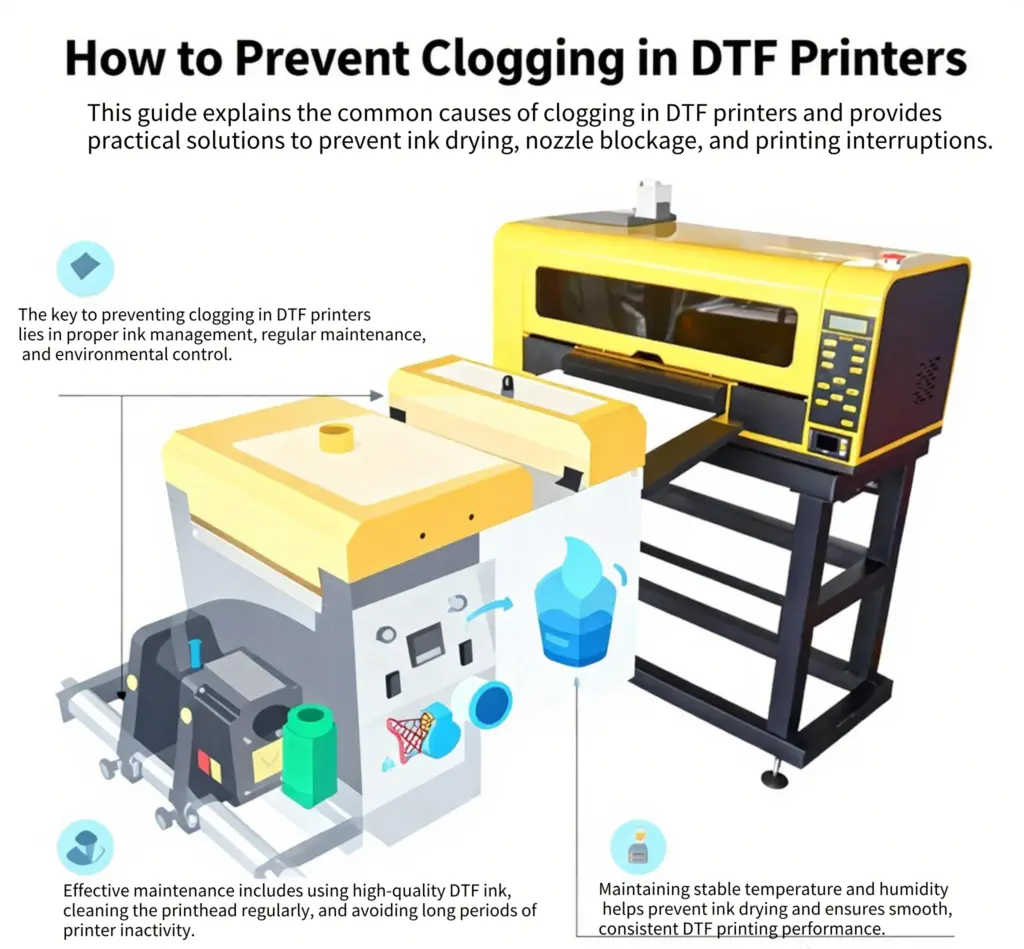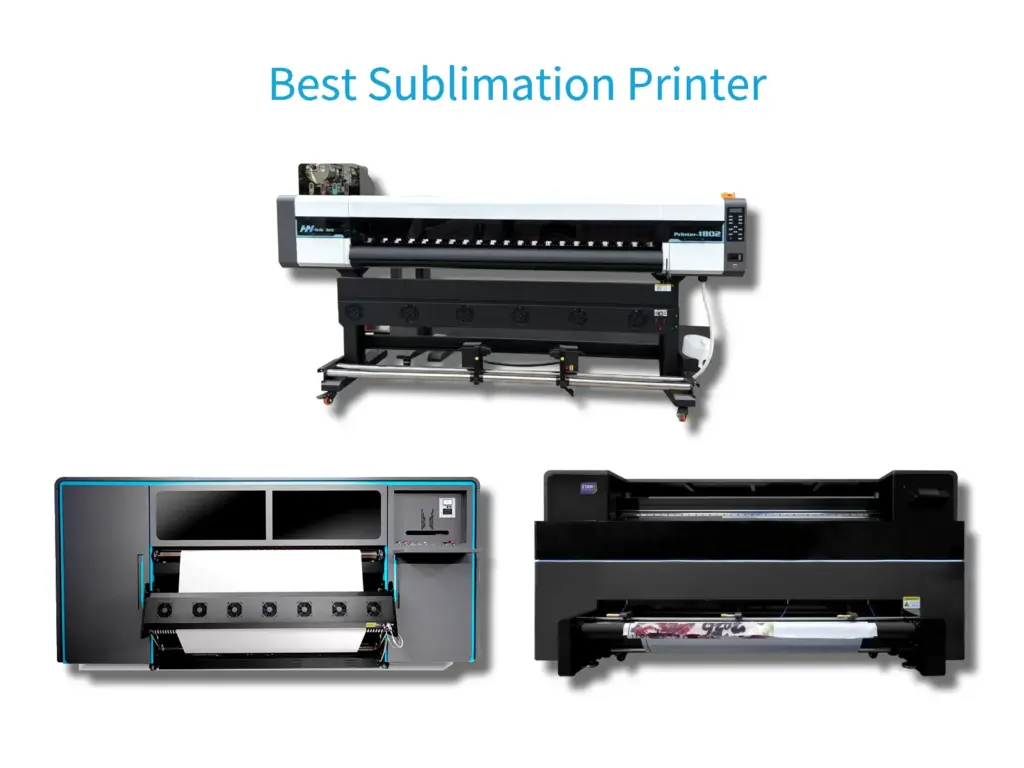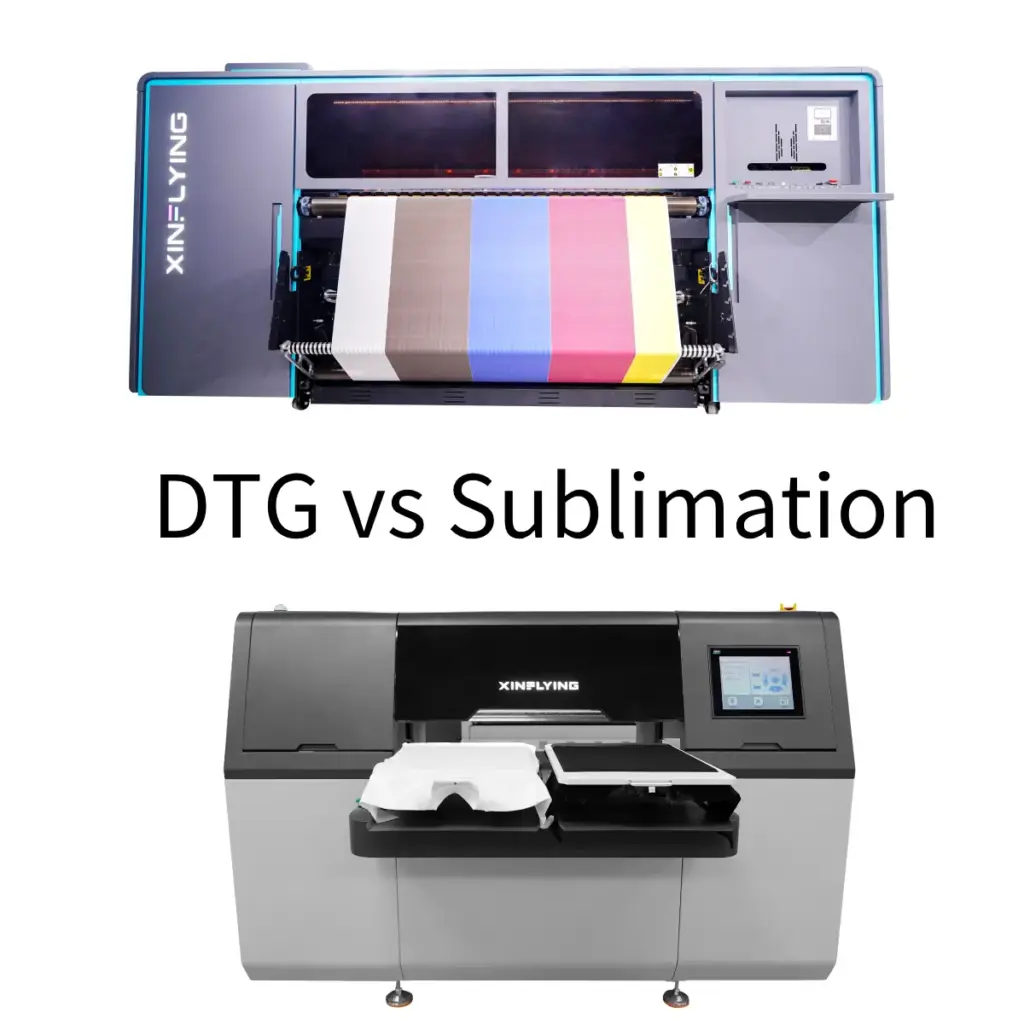Fabric printing is an art that has evolved dramatically over the years, offering a variety of techniques to bring designs to life. Whether you’re crafting custom T-shirts, designing fabric for fashion, or producing promotional items, the textile print techniques you choose can make a significant difference in the final product. This guide will delve into 6 types of fabric printing techniques, Εξερευνώντας τις διαδικασίες τους, αιτήσεις, πλεονεκτήματα, and cons to help you choose the best method for your needs.
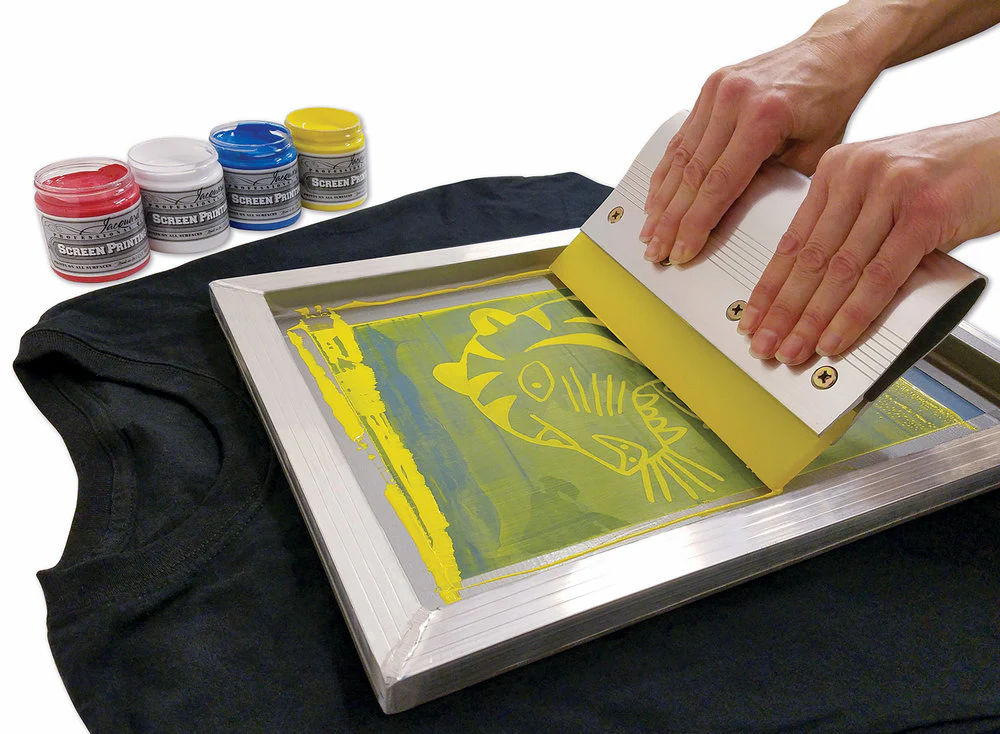
ΕΚΤΥΠΩΣΗ οθονης
Εκτύπωση οθόνης is one of the oldest and most widely used fabric printing techniques. It involves creating a stencil (ή οθόνη) and using it to apply layers of ink on the printing surface.
Διαδικασία
The process starts with creating a stencil on a fine mesh screen. Ink is then pushed through the mesh onto the fabric using a squeegee. Each color in the design requires a separate screen and layer of ink, making it suitable for simple, bold designs.
Εφαρμογές
Screen printing is ideal for high-volume orders and is commonly used for T-shirts, tote τσάντες, and posters. It’s especially popular in the fashion and promotional industries.
Πλεονεκτήματα
- Αντοχή: Produces long-lasting prints that can withstand repeated washes.
- Ζωντανά χρώματα: Offers rich, vibrant colors that pop.
- Αποδοτικός: Economical for large batches.
Μειονεκτήματα
- Setup Time: Requires significant setup time, making it less efficient for small orders.
- Limited Detail: Not ideal for designs with intricate details or many colors.

Απευθείας στο ένδυμα (DTG) Εκτύπωση
Εκτύπωση DTG uses inkjet technology to print designs directly onto fabric. Think of it as a giant inkjet printer for clothes.
Διαδικασία
The fabric is loaded into the DTG printer, όπου το μελάνι εφαρμόζεται απευθείας στην επιφάνεια. The ink soaks into the fibers, creating a soft and durable print. This method is great for detailed and multi-colored designs.
Εφαρμογές
Perfect for small to medium-sized orders, DTG printing is widely used for custom T-shirts, especially those with complex and colorful designs.
Πλεονεκτήματα
- Detail and Color: Capable of printing high-resolution images with a broad color spectrum.
- No Setup Cost: Ideal for small batches and custom orders.
- Soft Finish: Produces prints that are soft to the touch.
Μειονεκτήματα
- Κόστος: Higher cost per unit for larger orders.
- Πιο αργή ταχύτητα: Slower production times compared to screen printing.

Απευθείας στην ταινία (DTF) Εκτύπωση
Among different types of fabric printing techniques, Εκτύπωση DTF stands out due to its versatility. DTF printing involves printing a design onto a special film, which is then transferred to fabric using heat and adhesive powder.
Διαδικασία
Designs are printed onto a PET film using a special DTF printer. The printed film is coated with adhesive powder, melted, and then transferred to the fabric using a heat press.
Εφαρμογές
DTF printing is versatile, suitable for various fabrics, συμπεριλαμβανομένου του βαμβακιού, πολυεστέρας, και αναμειγνύεται. It’s often used for custom apparel and promotional items.
Πλεονεκτήματα
- Ευστροφία: Can print on a wide range of materials.
- Λεπτομέρεια: Handles detailed and multi-colored designs well.
- Αντοχή: Produces durable prints that resist cracking and fading.
Μειονεκτήματα
- Περίπλοκο: Requires multiple steps and precise control.
- Κόστος: Initial setup and materials can be costly.
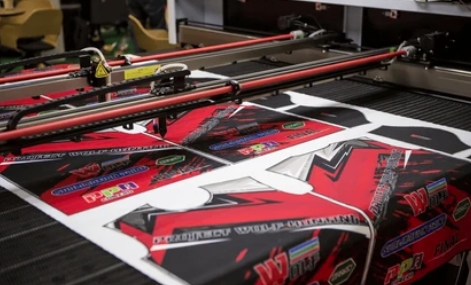
Εκτύπωση Εξάχνωσης
Εκτύπωση εξάχνωσης uses heat to transfer dye onto fabric, resulting in vibrant and permanent designs.
Διαδικασία
The design is printed on special sublimation paper using sublimation ink. Heat and pressure are applied to transfer the dye from the paper to the fabric, where it bonds at the molecular level.
Εφαρμογές
Best suited for polyester and polymer-coated fabrics, sublimation printing is commonly used for sportswear, σημαίες, and custom promotional items.
Πλεονεκτήματα
- Ζωντανά χρώματα: Produces bright, ζωηρός, and permanent colors.
- All-Over Printing: Ideal for full-coverage prints.
- Αντοχή: Designs are durable and won’t crack, φλούδα, ή ξεθωριάζουν.
Μειονεκτήματα
- Fabric Limitations: Limited to polyester or polymer-coated surfaces.
- Κόστος: Can be expensive due to specialized materials.
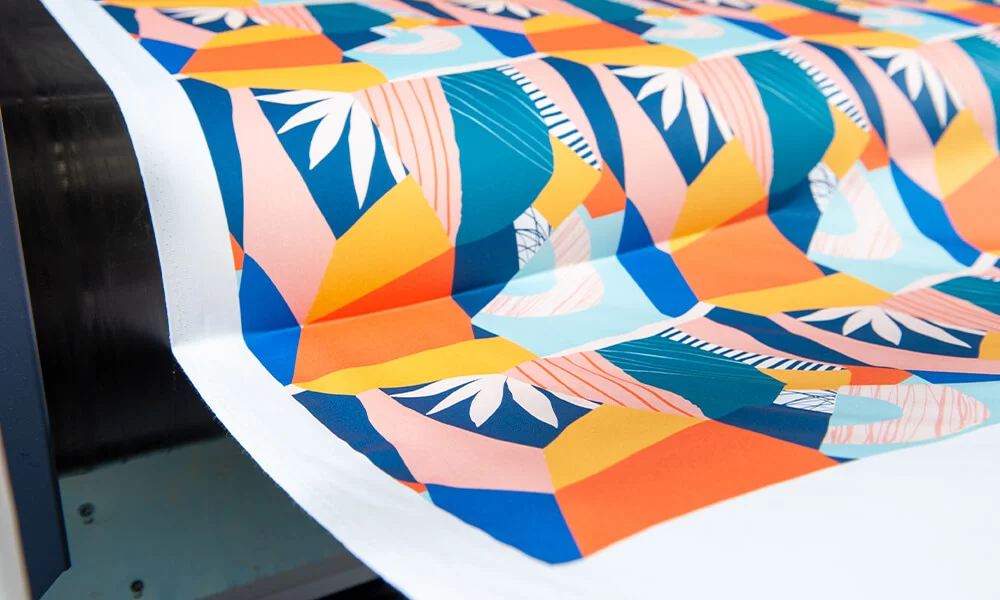
Pigment Printing
Pigment printing uses pigmented inks that sit on top of the fabric fibers, rather than soaking in.
Διαδικασία
The design is printed directly onto the fabric using a printer equipped with pigmented inks. Μετά την εκτύπωση, the fabric is usually heat-set to fix the pigment.
Εφαρμογές
Ideal for both natural and synthetic fabrics, pigment printing is used in fashion, κλωστοϋφαντουργικά οικιακά, and custom apparel.
Πλεονεκτήματα
- Ευστροφία: Κατάλληλο για μεγάλη γκάμα υφασμάτων.
- Color Fastness: Offers good color fastness and wash durability.
- Λεπτομέρεια: Capable of printing fine details and vibrant colors.
Μειονεκτήματα
- Texture: Prints can feel stiff on the fabric surface.
- Fading: Colors may fade faster than other methods if not properly fixed.
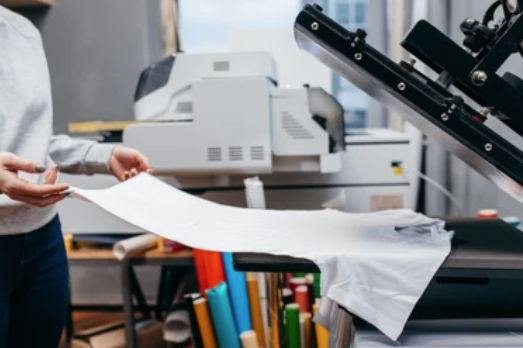
Heat Transfer Vinyl (HTV) Εκτύπωση
HTV printing involves cutting designs from vinyl sheets and heat-pressing them onto fabric.
Διαδικασία
Designs are cut from vinyl sheets using a plotter or cutter. The cut vinyl is then weeded to remove excess material and heat-pressed onto the fabric.
Εφαρμογές
Commonly used for sportswear, custom T-shirts, και διαφημιστικά αντικείμενα, HTV printing is versatile and popular for one-off designs and short runs.
Πλεονεκτήματα
- Αντοχή: Produces durable and washable prints.
- Ευστροφία: Available in a variety of colors and finishes, including metallic and glitter.
- Ευκολία στη χρήση: Simple process that doesn’t require extensive setup.
Μειονεκτήματα
- Texture: Vinyl prints can feel heavy and stiff.
- Limited Detail: Not ideal for highly detailed or multi-colored designs.
Which Printing Methods Should You Choose?
Choosing the right fabric printing method depends on your specific needs. Consider the type of fabric, πολυπλοκότητα σχεδιασμού, μέγεθος παραγγελίας, και προϋπολογισμός.
Εκτύπωση οθόνης is great for large batches with simple designs, ενώ DTG is perfect for detailed and colorful custom prints. DTF offers versatility across fabrics, sublimation provides vibrant colors for polyester, pigment printing works well for a variety of materials, και HTV is excellent for durable, custom prints.
συμπέρασμα
Navigating the world of fabric printing can be overwhelming, but understanding the pros and cons of different methods of printing on fabric can guide you to the best choice for your project. Whether you’re looking for vibrant, durable prints or cost-effective solutions for large orders, there’s a printing technique that fits your needs. Consider your fabric type, design details, and production volume to make an informed decision that will bring your creative visions to life.
Συχνές ερωτήσεις
1. What is the most durable fabric printing method?
Screen printing and sublimation printing are known for their durability, withstanding multiple washes without significant fading or cracking.
2. Can I use DTF printing on any fabric?
Η εκτύπωση DTF είναι εξαιρετικά ευπροσάρμοστη και μπορεί να χρησιμοποιηθεί σε ένα ευρύ φάσμα υφασμάτων, συμπεριλαμβανομένου του βαμβακιού, πολυεστέρας, και αναμειγνύεται.
3. What is the best printing method for complex, multi-colored designs?
DTG printing is ideal for detailed and multi-colored designs, offering high resolution and vibrant colors.
4. Is sublimation printing limited to certain fabrics?
Ναί, sublimation printing works best on polyester and polymer-coated fabrics due to the bonding process required for the dye to infuse into the material.
5. How can I reduce the setup time for fabric printing?
Methods like DTG and HTV printing have minimal setup times compared to screen printing, making them more efficient for small orders and quick turnarounds.

